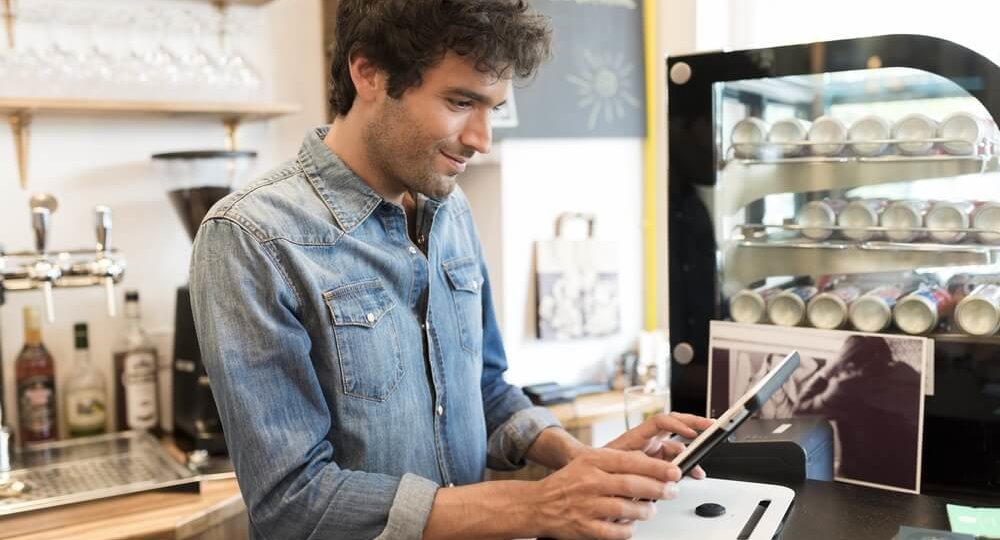
What is POS system?
Point of Sale (POS) equipment is the computer-based order-entry technology many restaurants use to capture orders, record data and display or print tickets. Restaurant servers, bartenders and cashiers can all use POS systems to easily enter food and beverage orders. A retail point of sale system typically includes a cash register (which in recent times comprises a computer, monitor, cash drawer, receipt printer, customer display, and a barcode scanner) and the majority of retail POS systems also include a debit/credit card reader.
Why It’s Good for a Restaurant:
The high volume of cash and credit cards that pass through a restaurant each day make a POS system a necessity. Not only does a POS system track every penny of your sales, but many POS programs also act as credit card processors.
This makes:
- Swiping credit cards more secure for both the customer and the business.
- Servers are accountable for all their sales,
- It is impossible to alter checks in the computer unless you have the password. This helps cut down on employee theft
- It simplifies communications between the kitchen and the wait staff. Orders go through the computer, directly to the kitchen printer.
- It can track everything from food usage to the most popular menu items.
Because the POS system acts as a time clock.
- It can also help prepare payroll. This can save you a lot of money with the daily operations of running a restaurant
- POS system can organize profit and loss statement and sales tax.
It also could help in operation through:
- Open the Door to More Customers: The success of any business relies on a steady influx of customers, and with more and more people abandoning cash for their everyday transactions it is important to keep pace. A restaurant that sticks to a cash-only concept is cutting themselves off from a potential increase in traffic. An integrated point-of-sale system will allow you to accommodate more customers, ultimately boosting your daily sales and increasing profits.
- Quicker Processing of Payments:
Time is money in the restaurant industry, particularly for cafes and casual dining establishments in high traffic business or shopping districts.
- More Accurate Payment Processing:
Another major concern for restaurant owners is accuracy at the checkout point. Simple mistakes cost money, and they can be all too common with handwritten tickets. With a restaurant-specific POS system, terminals are connected through a common interface.
- Splitting Tickets:
When a party wants to split a check at a cash-only restaurant it requires some on the spot arithmetic from the wait staff. Hand splitting a ticket, especially for larger parties, can take valuable time away from other customers.
- Prevent Order Errors:
Happy customers are more likely to return to your restaurant, and to recommend it to their friends and associates. A big part of keeping your customers happy is ensuring that their orders are accurately prepared and served. With handwritten tickets, confusion between wait staff and kitchen is almost inevitable.
- Track Inventory:
In the restaurant business, there is little margin for error, particularly when it comes to managing your food costs. Waste, theft, and shrinkage can severely cut into any potential profits, so it is vital that management be able to accurately track their on-site inventory and daily usage patterns.
Problems you might face:
You may end up spending on your tech guy, to help set up the POS and perform any troubleshooting. A POS system doesn’t have the same life span as a good old fashioned cash register. You will need to replace parts, update software and eventually need to replace it entirely with a new model. New POS systems come with limited warranties and tech support, but just like every other piece of equipment, the problems always seem to start after the warranty has run out.